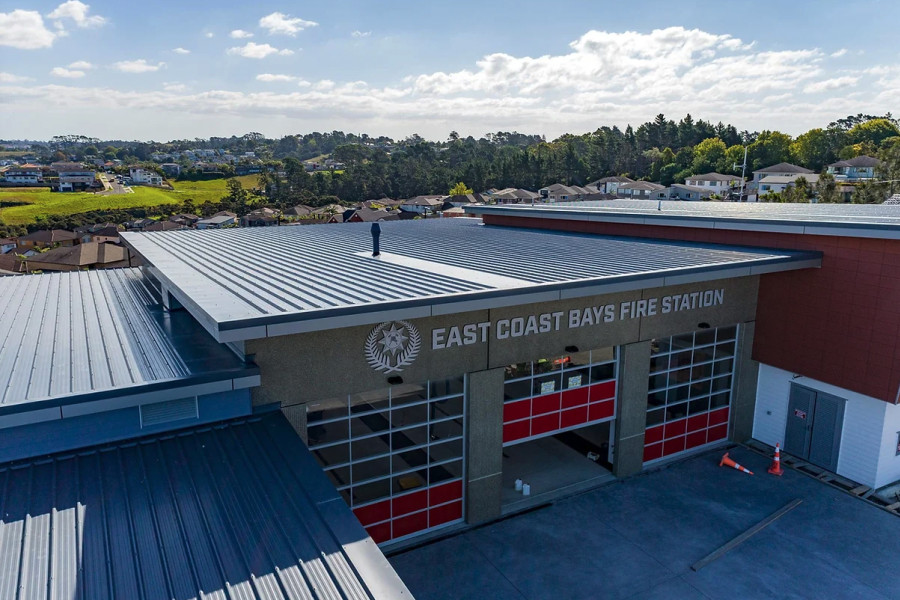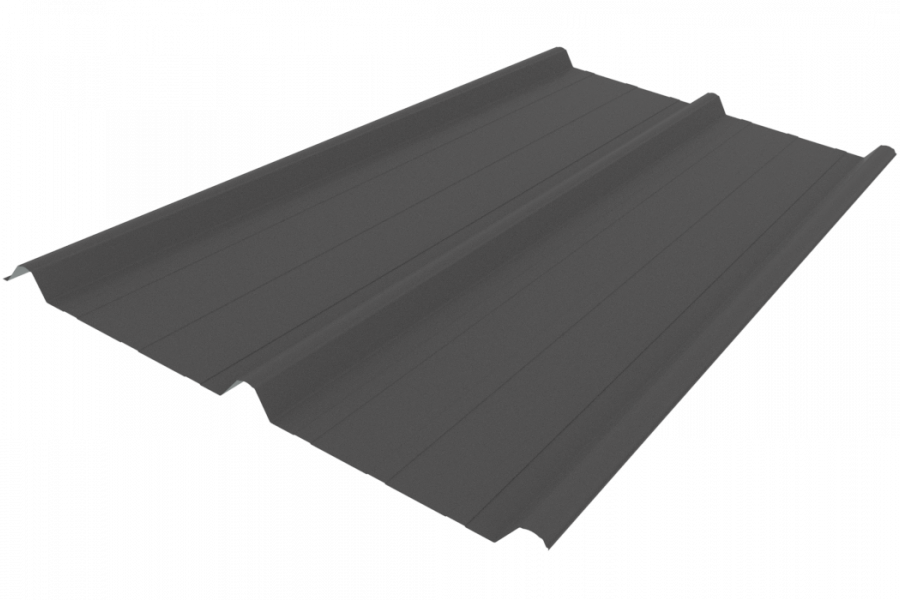Climate change is not going away, it's getting worse, and small to medium-sized businesses in New Zealand need access to cost effective ways to measure their carbon emissions. This isn't just about meeting regulations; understanding your carbon footprint can lead to improved efficiency and cost savings, as well as reducing the impact on the planet. Fortunately, there are effective methods and tools to help businesses gauge their emissions accurately.
Understanding the basics of carbon emissions
To start with, carbon emissions are categorised and reported in three groups:
- Direct emissions from your vehicles etc (Scope 1)
- Indirect emissions from electricity (Scope 2)
- Scope 3 emissions from your supply chain, including travel, waste and the goods and services you purchase.
Categorising them like this creates a clear, consistent, and globally recognised framework for measuring and managing emissions.
Utilising free software and spreadsheets
For many small businesses, free software and spreadsheets are a starting point for measuring carbon emissions.
The Ministry for the Environment (MFE) provides a free guide for businesses wanting to measure carbon emissions. Here’s how you can get started:
- When: Choose your initial reporting period, e.g. financial year or calendar year.
- Collect Data: Gather data on business activities such as electricity use, amount of fuel, freight, and waste generated.
- Input Data: Enter this information into a spreadsheet. One option is using MFE's emissions spreadsheet. The NZ Government also provide a Climate Action Toolbox with some free and paid options.
- Calculate Emissions: Apply the emission factors supplied by MFE to convert your input data into a carbon emissions figure.
This process gives you a snapshot of your carbon emissions over one year, so you can identify what parts of your business your highest emissions are coming from. With that insight, you can make informed decisions to reduce your emissions — and potentially reduce costs. You can also re-measure and improve your emissions going forward.

Engaging specialist support
After grasping the basics, many businesses look to measure and report in line with international standards such as ISO14064 or the GHG Protocol.
Organisations like Toitū, EKOS and MyImprint offer programs that assist businesses in measuring and reporting their carbon emissions to these standards. The Sustainable Business Network (SBN) provides a list of suppliers who can help.
Partnering with specialists can strengthen the accuracy of your measurements and help identify ways to reduce your greenhouse gas emissions. (You can add even more credibility by having your data and claims verified by a third party).
Paid software
There are a range of paid software options available — including some developed here in New Zealand — and they’re continually improving. Over time, these tools may help reduce the cost of reporting. Some connect directly with suppliers to automate data collection, though many still require manual data input.
SaaS platforms like Sumday, CarbonTrail, and myCarbon integrate with accounting software and estimate emissions based on spend. While this is a great starting point, best practice is to override cost-based estimates with actual usage data whenever possible.
These tools also offer useful tracking features and insights to help you better understand your emissions.
Watch out for hidden costs
Whether you use free tools or hire a consultant, it’s important to weigh the financial cost of each option.
If you're using internal resources and free tools, don't forget to factor in staff time, wages, and the pressure it can place on a team. While the up-front cost might seem lower, bringing in an expert may save money in the long run. With the right experience, they can help you gather data more efficiently, in less time, and ensure your reporting is aligned to any standards or reporting requirements you may have.
We’ve seen it time and again — teams spend hours manually pulling invoices when a short chat with us often reveals faster, simpler ways to collect the data you need.
Reducing emissions
When you're ready to take things further — or if your reporting requirements call for it — it’s time to create a formal emissions reduction plan. This plan will lay out which reduction projects to tackle each year, estimates their costs, and shows the potential impact on your emissions. That way, you can make informed, strategic decisions about where to invest your time and money for the greatest savings. Carbon reduction plans vary from simple lists of task to more complex analysis such as a marginal abatement curve shown below.
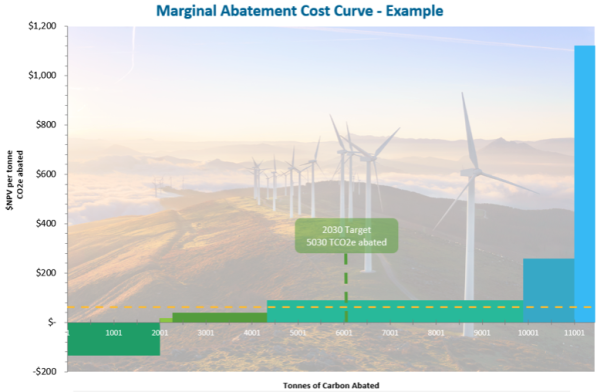
Moving Forward
With climate change accelerating, small and medium-sized businesses in New Zealand are under growing pressure to measure and reduce their carbon emissions — without breaking the bank. Fortunately, there are cost-effective ways to get started. Free tools like spreadsheets and government guides can give you a solid first snapshot of your emissions, helping you understand where your biggest impacts lie. From there, you can decide whether to keep it in-house or bring in expert support for deeper insights and international-standard reporting.
Investing in the right approach early — whether it's free tools, paid software, or professional help — can lead to smarter decisions, efficiency gains, and even cost savings. Just make sure to factor in the hidden costs of staff time, and don’t be afraid to ask for advice. Measuring emissions is a key first step toward reducing them, and there are now more affordable and accessible options than ever.

About MyImprint
MyImprint makes it easy to understand your businesses greenhouse gas emissions and support you to lower your imprint on the environment. They demystify carbon emissions, simplify the process to reduce, and define the actions needed to improve your imprint.
They also prepare LCAs (Lifecycle Assessments), CFPs (Carbon Footprint Products), EPDs (Environmental Product Declarations), provide Energy Certificates and Offsetting services and provide compliance marks (Measure, Reduce, Balance and Sequester).
myimprint.nz







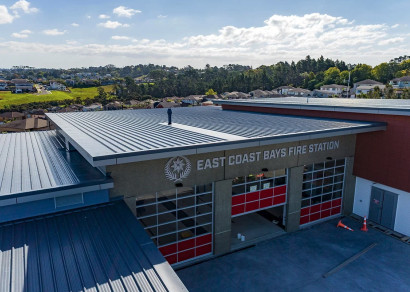
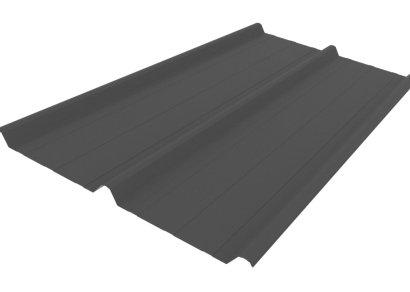

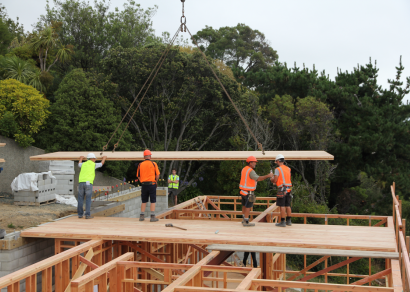



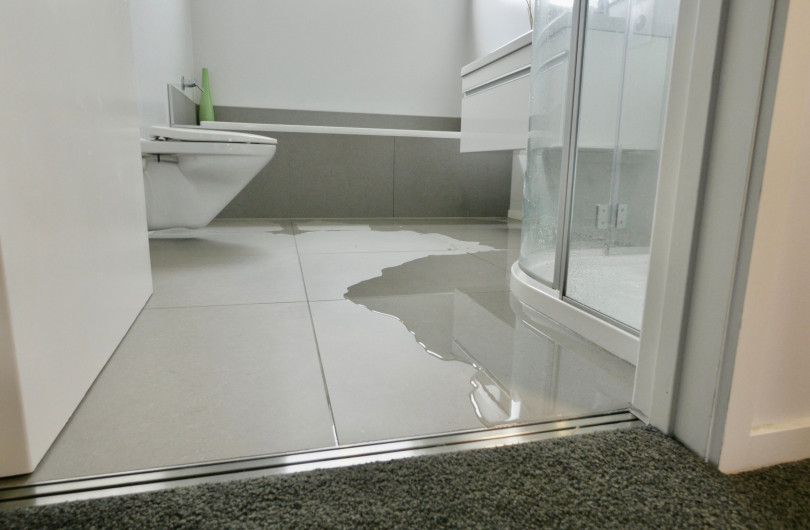


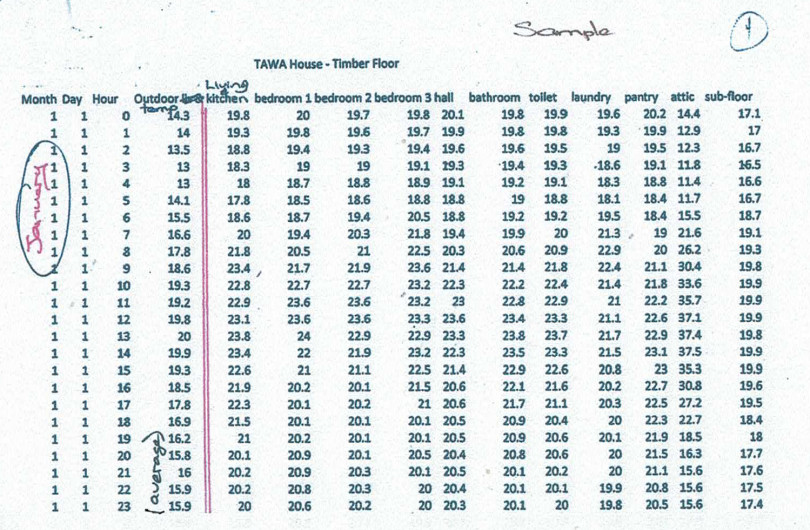





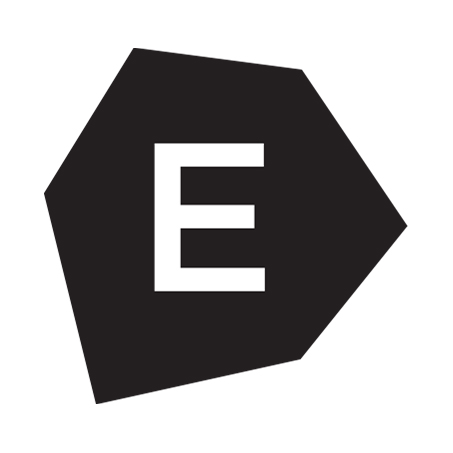




 Most Popular
Most Popular Popular Products
Popular Products
